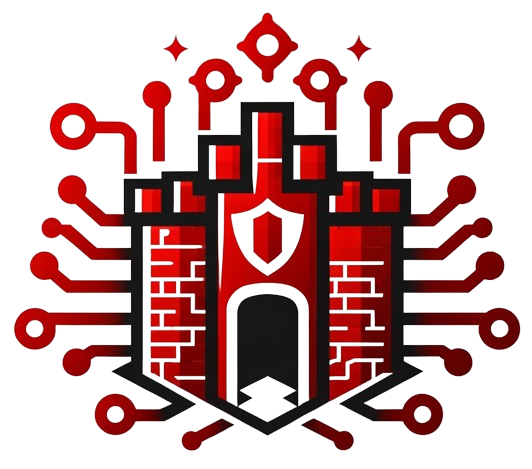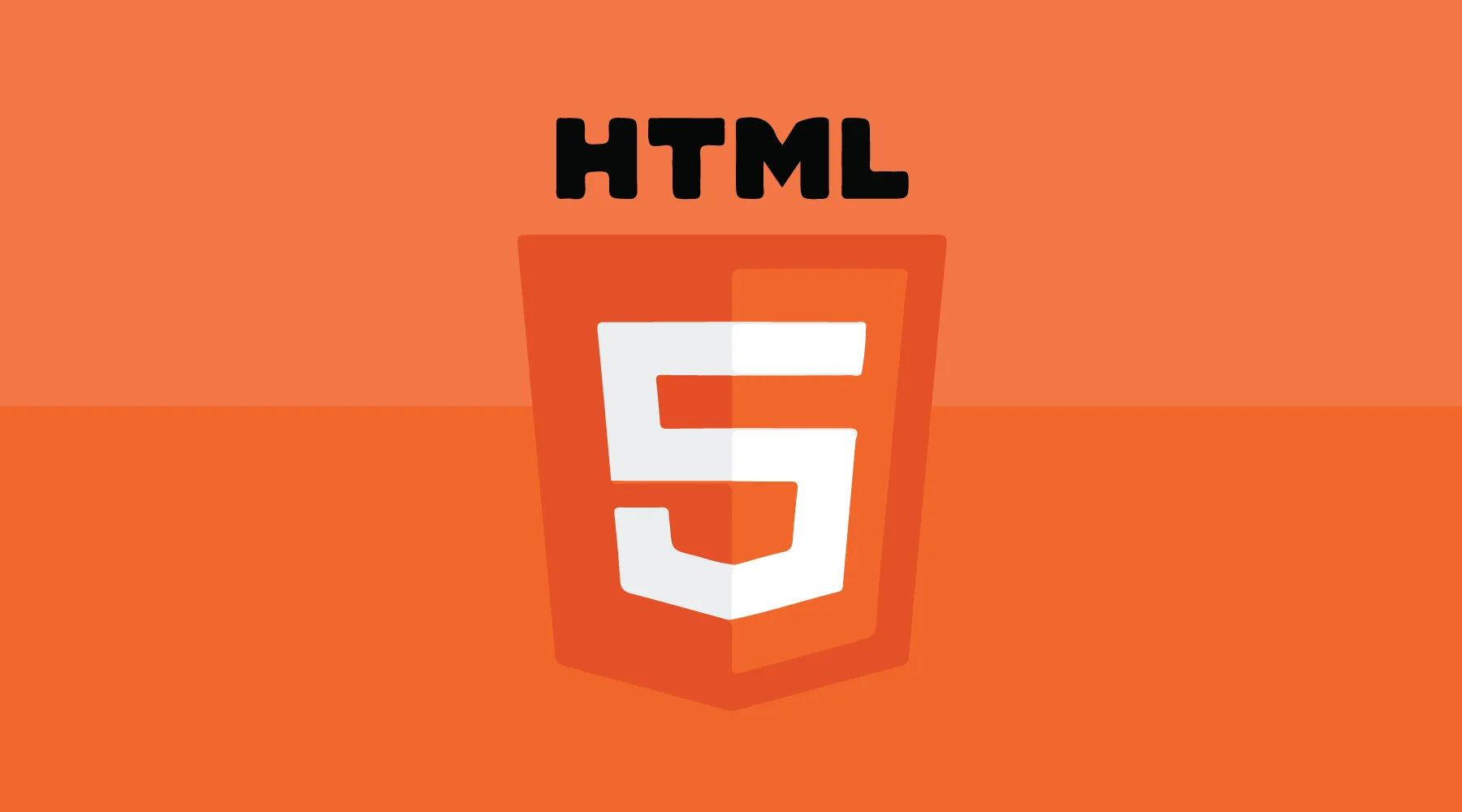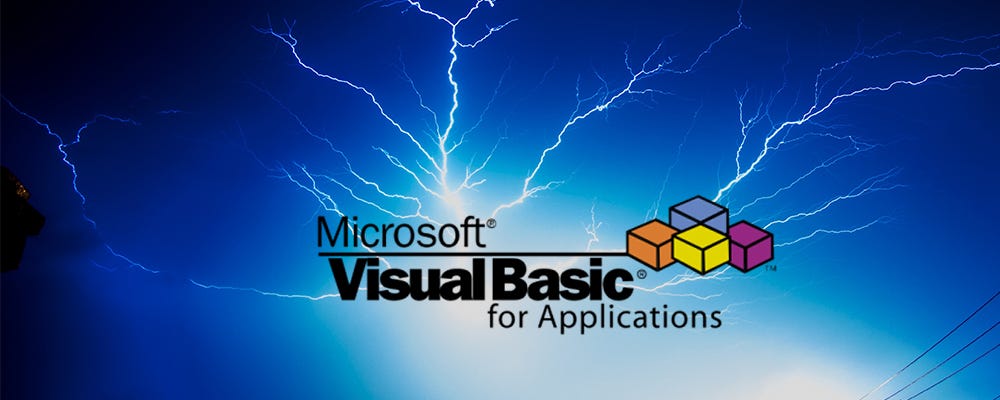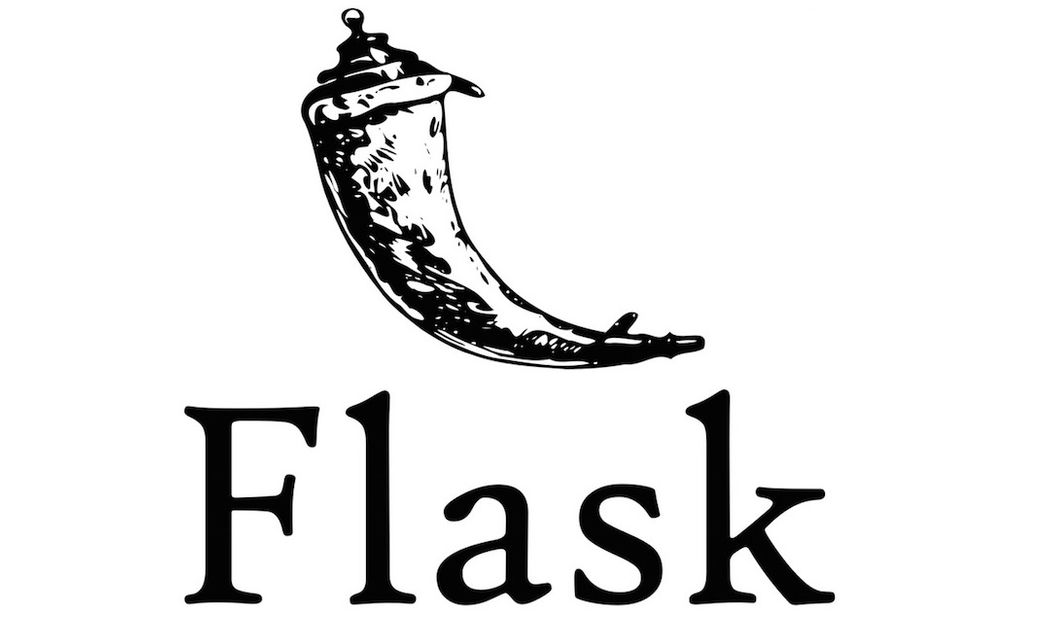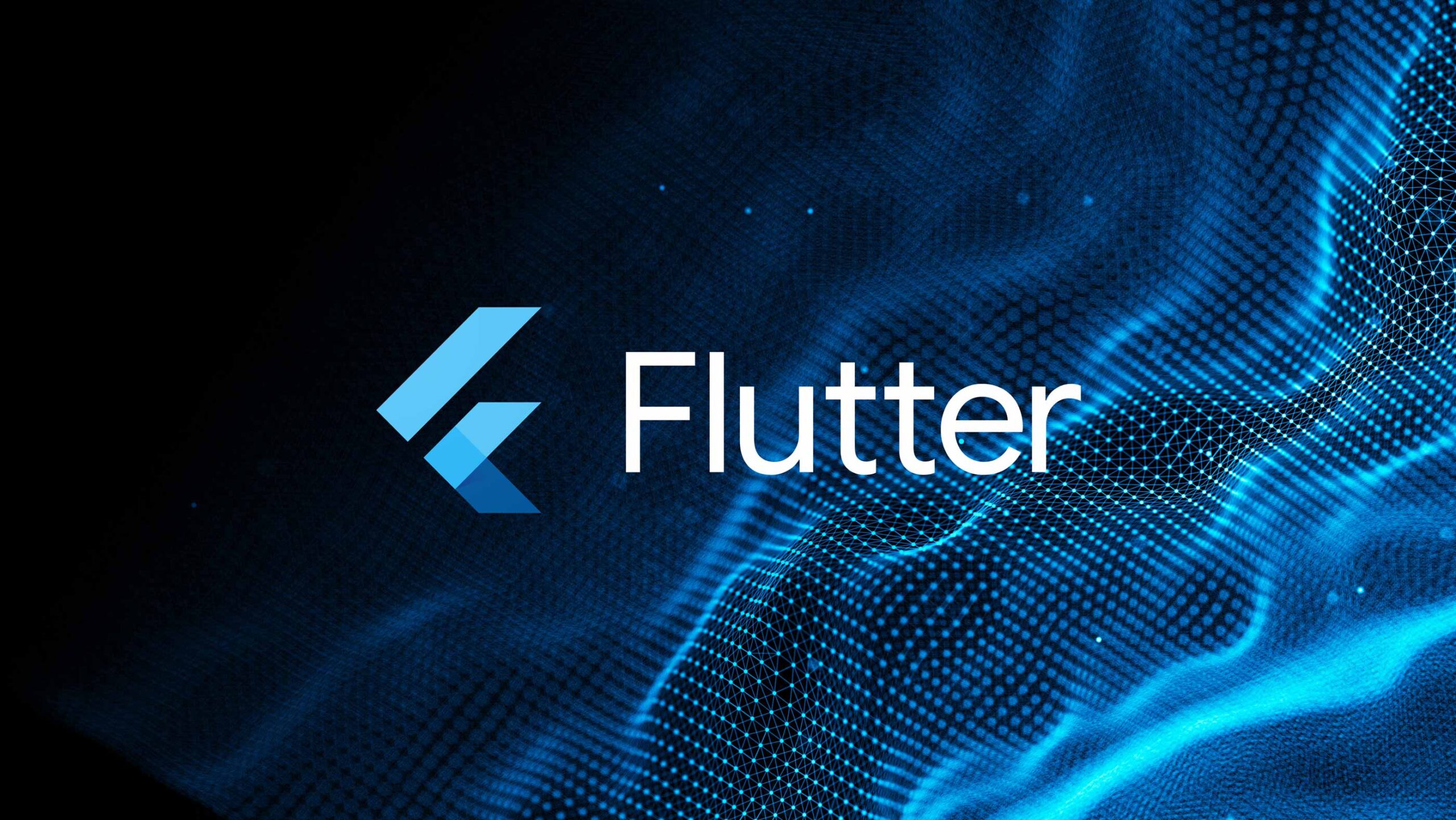Category: 🧮 Programming Languages & Frameworks
Want to build something cool? These are the languages and frameworks that developers swear by for apps, websites, and everything in between.
-

Python
Python is a high-level, interpreted language renowned for its readability and extensive standard library. Widely used in data science, web development, and automation, it boasts frameworks like Django and Flask, plus data tools such as NumPy and Pandas. Python’s simplicity and strong community fuel its…
-
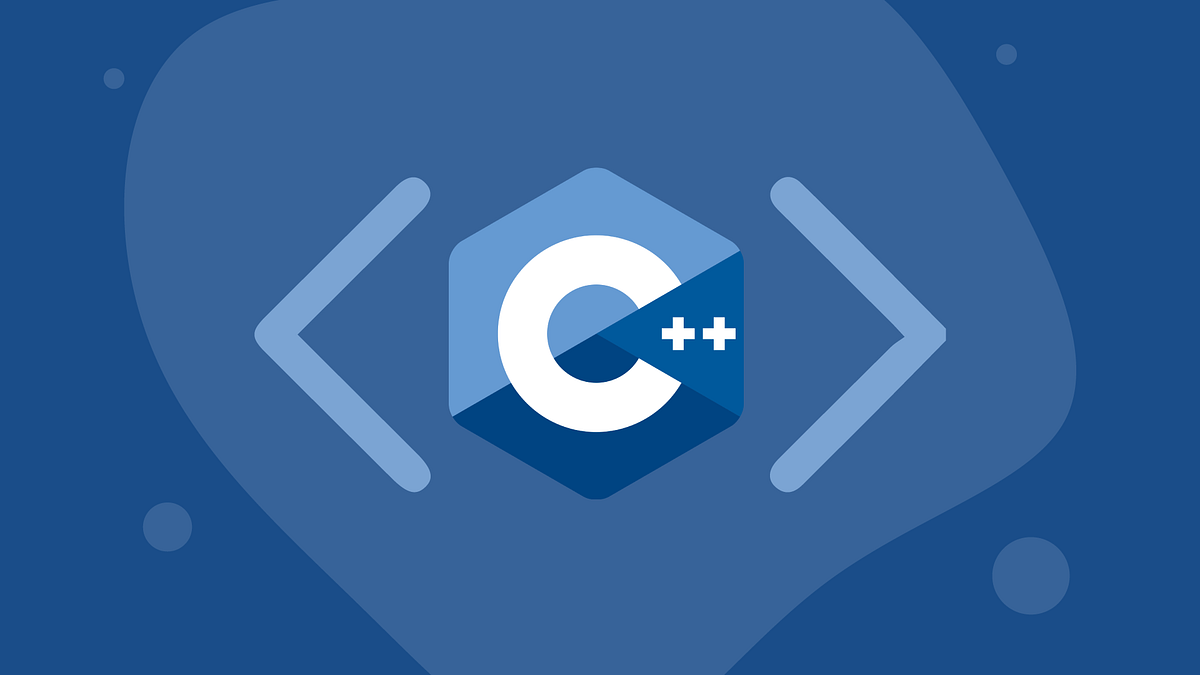
C++
C++ is a high-performance programming language that extends C with object-oriented and generic features. It’s commonly used in game engines, system software, and real-time simulation. Developers value its low-level memory control and versatility, while new standards frequently introduce modernized syntax and libraries.
-
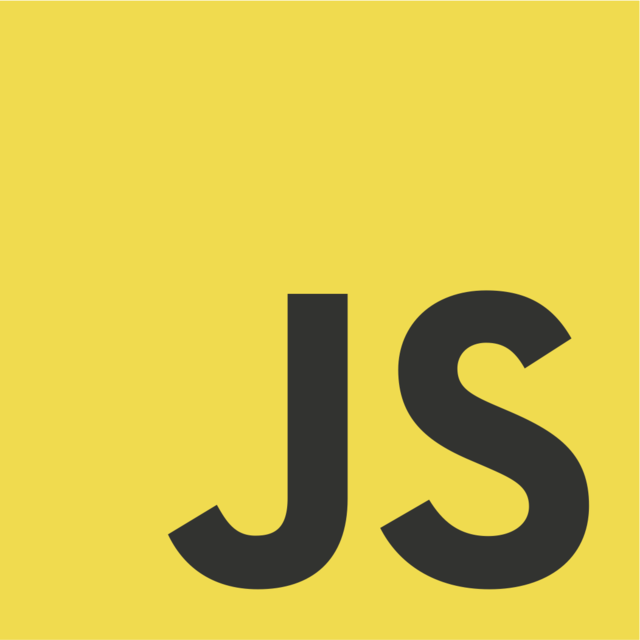
Javascript
JavaScript is a high-level, interpreted language used primarily for web development. It powers client-side interactivity in browsers via frameworks like React, Vue, or Angular, and also runs on servers using Node.js. Its asynchronous capabilities and extensive ecosystem make JavaScript central to modern app development.
-
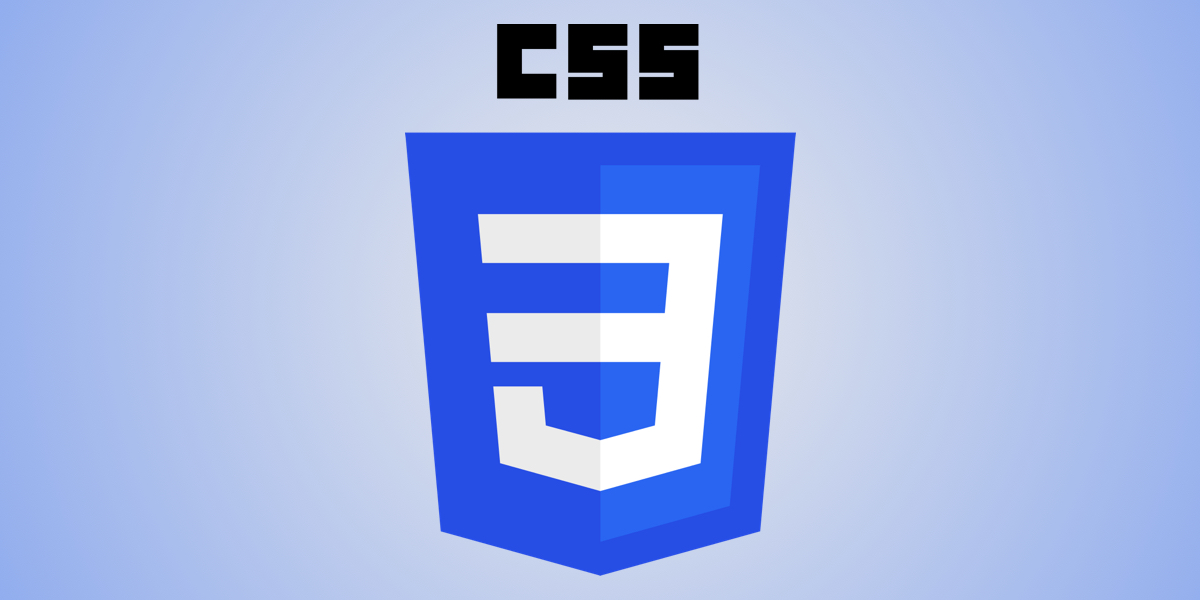
CSS
CSS (Cascading Style Sheets) is the language used to define the presentation and layout of web pages. It separates content structure (HTML) from design, controlling elements like color, typography, and layout. Advancements like Flexbox and Grid have made CSS essential for responsive, user-friendly interfaces.
-
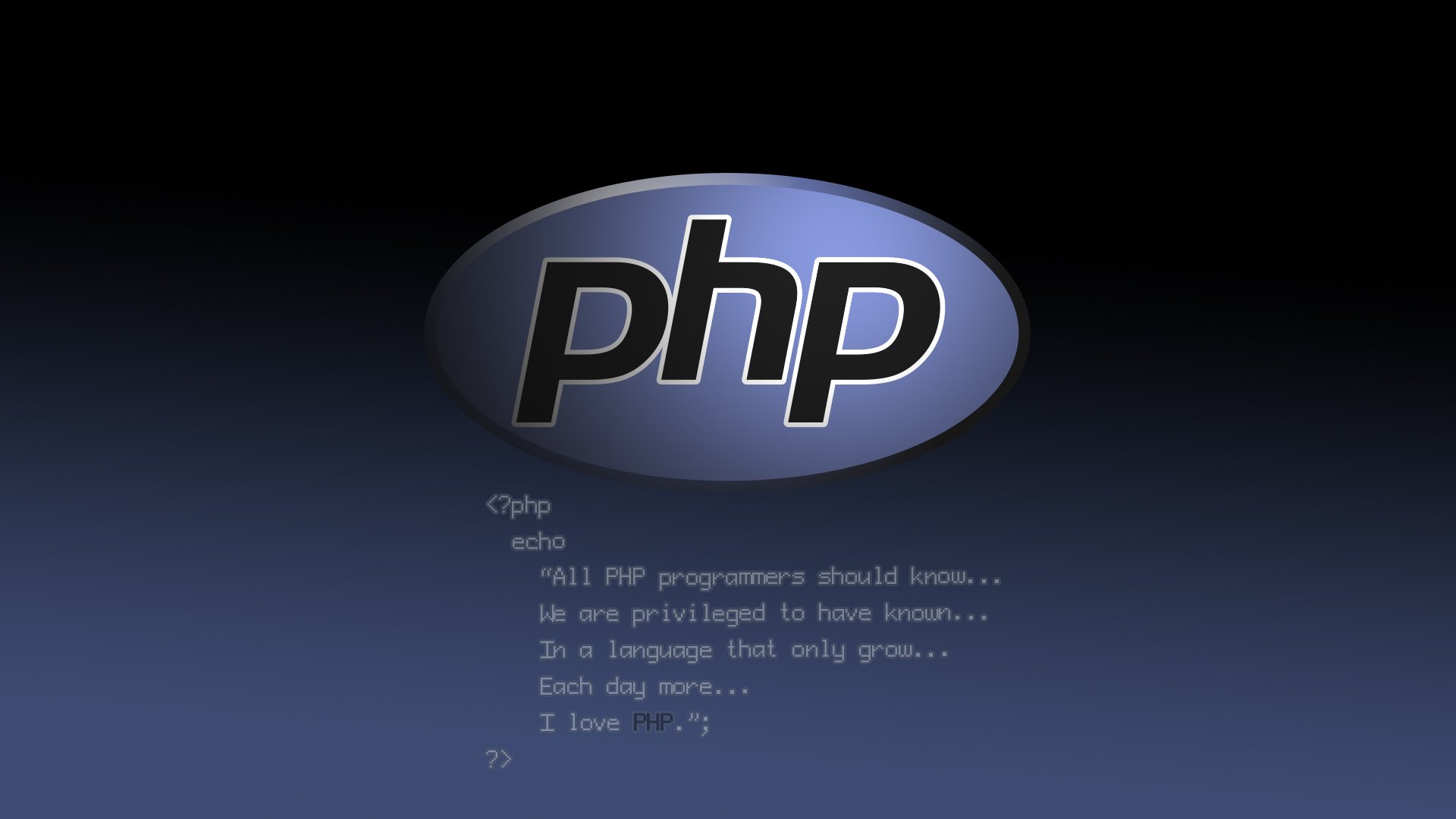
PHP
PHP is a server-side scripting language that has powered web applications and content management systems for decades, most notably WordPress. Its easy integration with HTML and widespread hosting support make PHP a go-to for building dynamic websites and APIs, despite growing competition from newer languages.
-
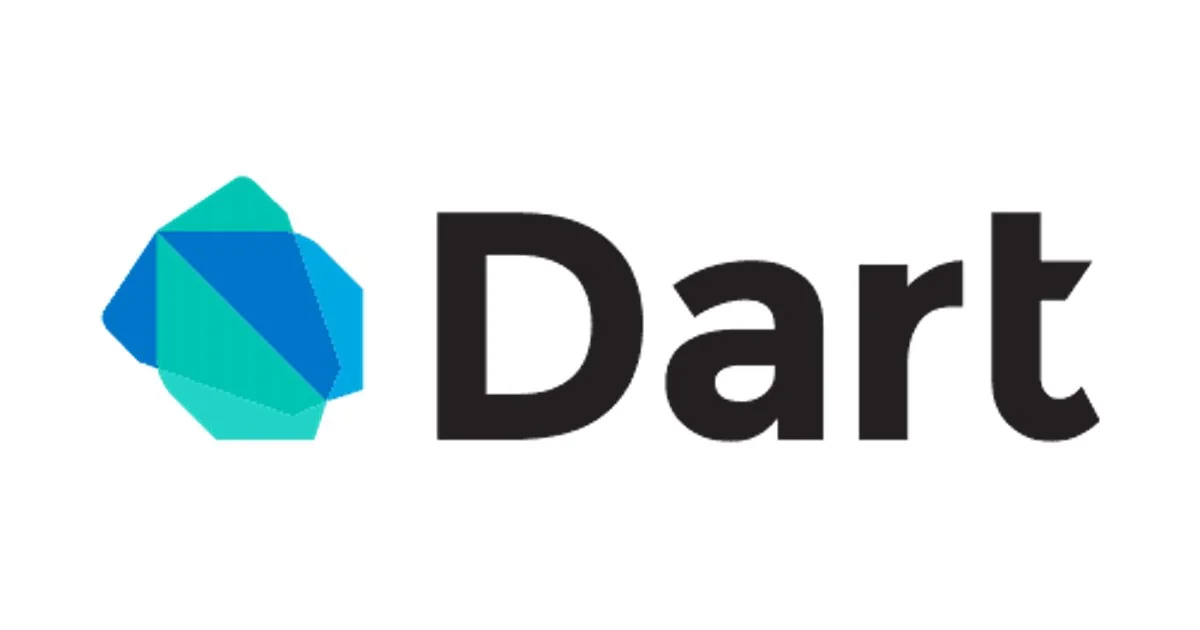
Dart
Dart is an object-oriented language developed by Google, often associated with Flutter for cross-platform app development. It compiles ahead-of-time (AOT) to native code on mobile, and can also run in a just-in-time (JIT) mode for web. Dart’s flexible syntax and concurrency model streamline UI creation.
-
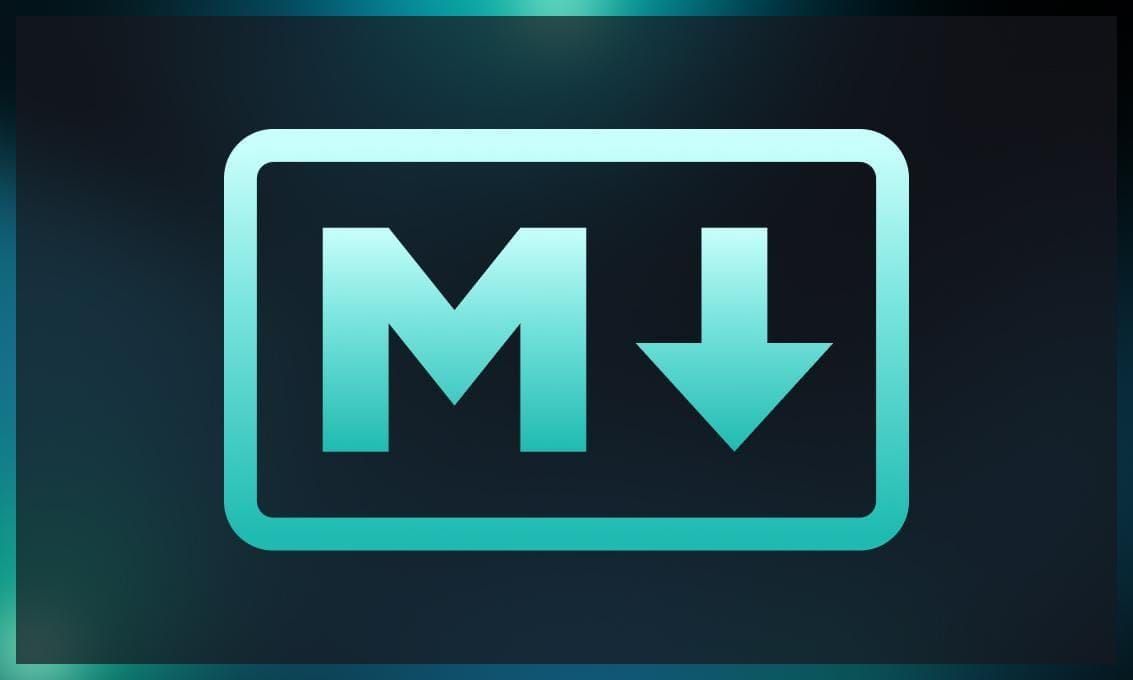
Markdown
Markdown is a lightweight markup language for formatting text using simple symbols (like # for headings). It converts easily to HTML, making it popular for GitHub readmes, technical documentation, and note-taking. Its plain-text approach ensures compatibility and readability across various tools.
-
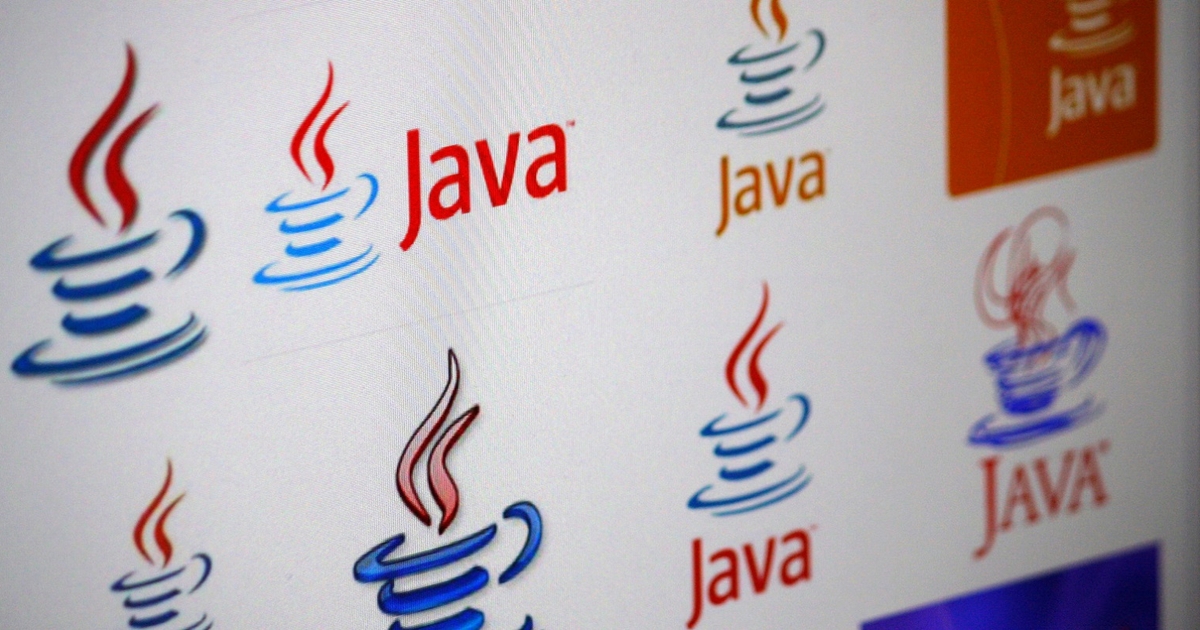
Java
Java is a versatile, object-oriented programming language running on the Java Virtual Machine (JVM). It powers everything from Android apps to enterprise servers, prized for its “write once, run anywhere” philosophy. Rich libraries, strong community support, and platform independence keep Java relevant across industries.
-
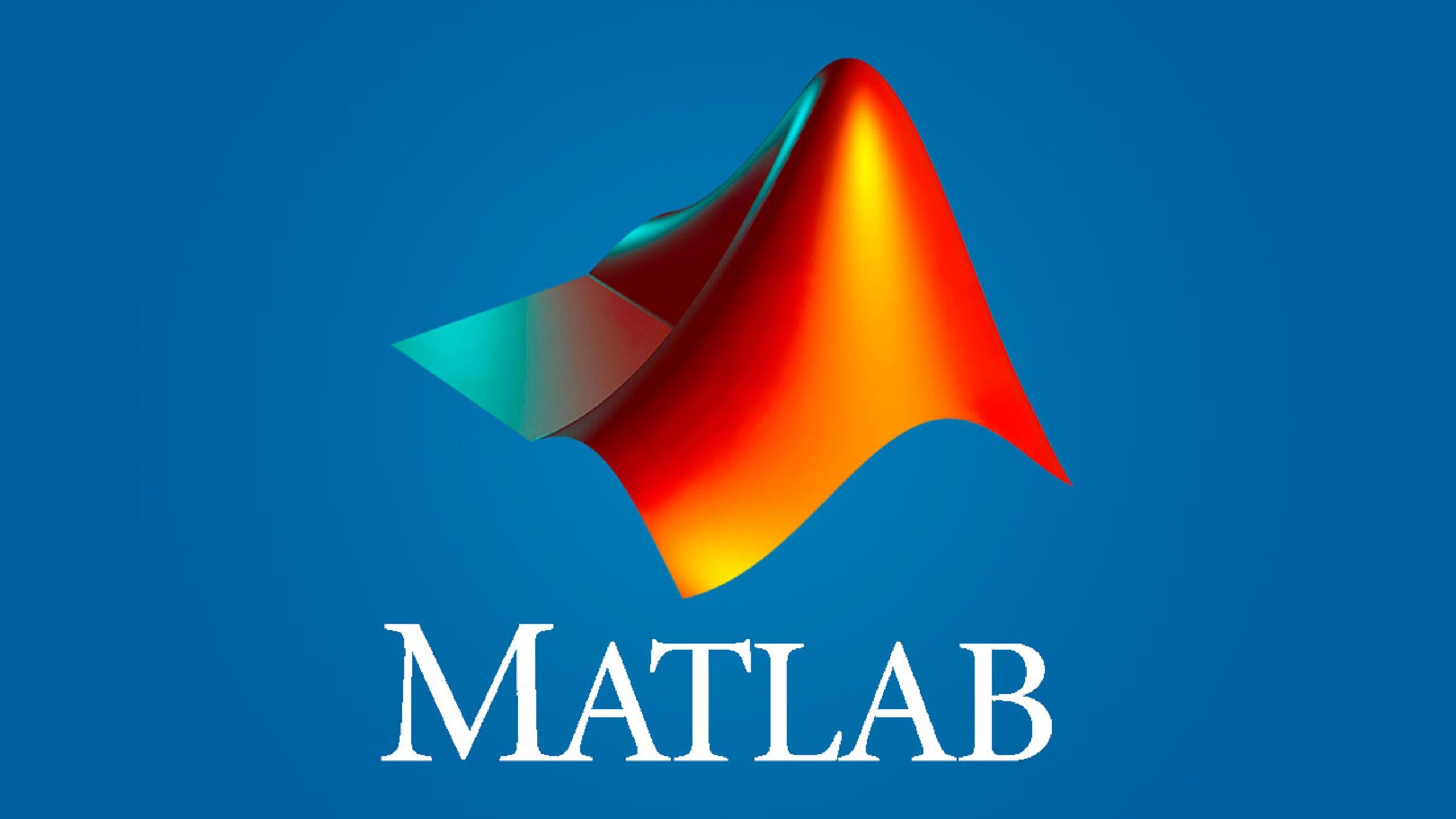
MATLAB
MATLAB is a proprietary numeric computing environment widely used in engineering, science, and academic research. It provides a high-level language, interactive environment, and specialized toolboxes for signal processing, machine learning, and more. Its robust ecosystem makes it a mainstay for mathematical modeling and simulation.
-
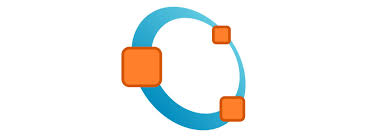
GNU Octave
GNU Octave is an open-source programming language tailored for numerical computations. It offers a command-line interface and extensive math libraries similar to MATLAB. Researchers and scientists often use Octave for prototyping algorithms, data analysis, and visualizing results without expensive software licenses.
-
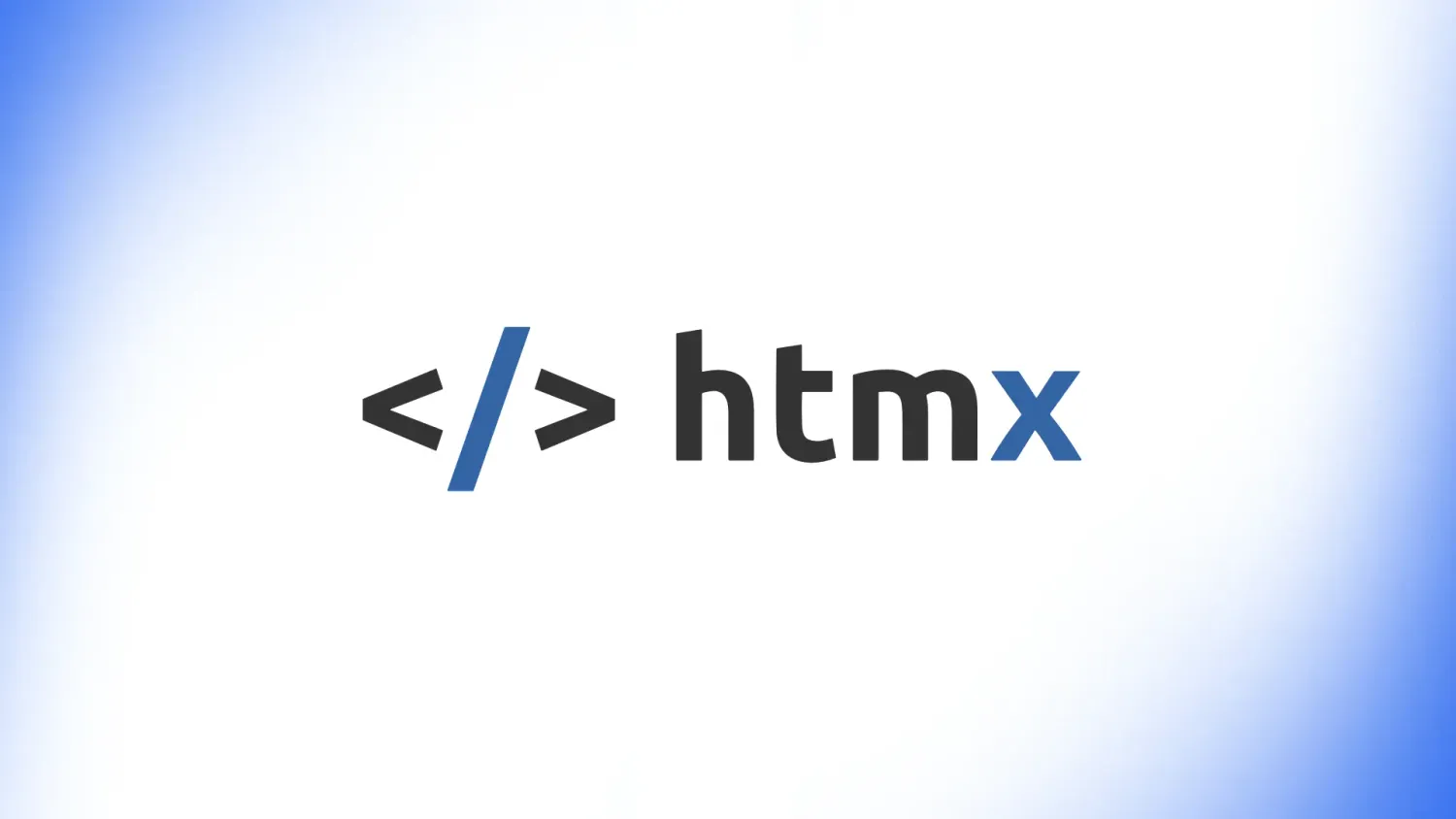
HTMX
HTMX is a lightweight JavaScript library that allows HTML-based access to modern web features like AJAX, WebSockets, and server-sent events. Rather than requiring full-page reloads, HTMX fetches partial content and updates sections dynamically. This approach simplifies development while keeping front-end code largely in HTML.
-
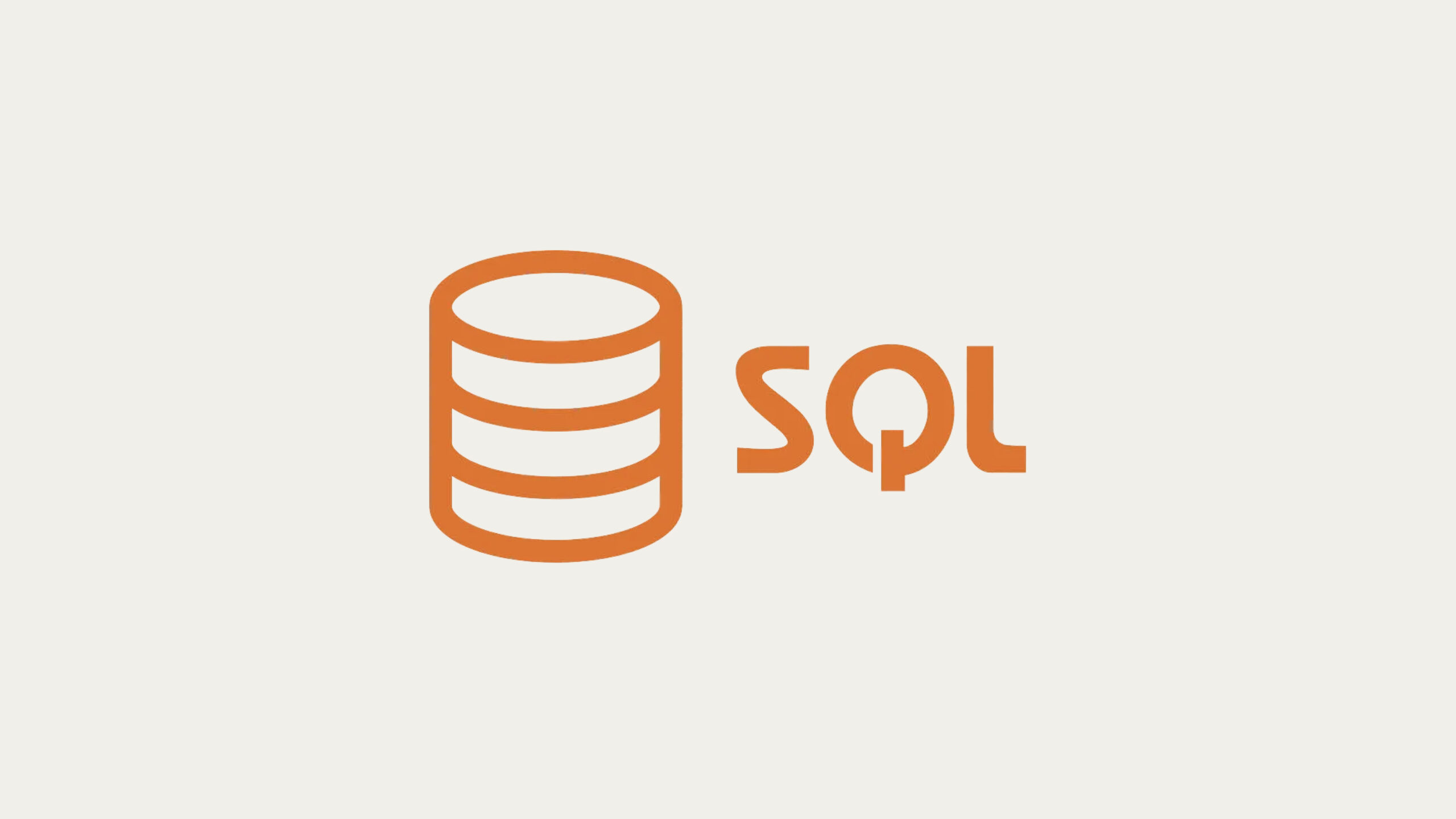
SQL
SQL (Structured Query Language) is a standardized language for managing relational databases. Developers use it to insert, query, update, and delete data in systems like MySQL, PostgreSQL, and Microsoft SQL Server. Its table-based structure and declarative syntax facilitate clear, efficient data manipulation and analysis.
